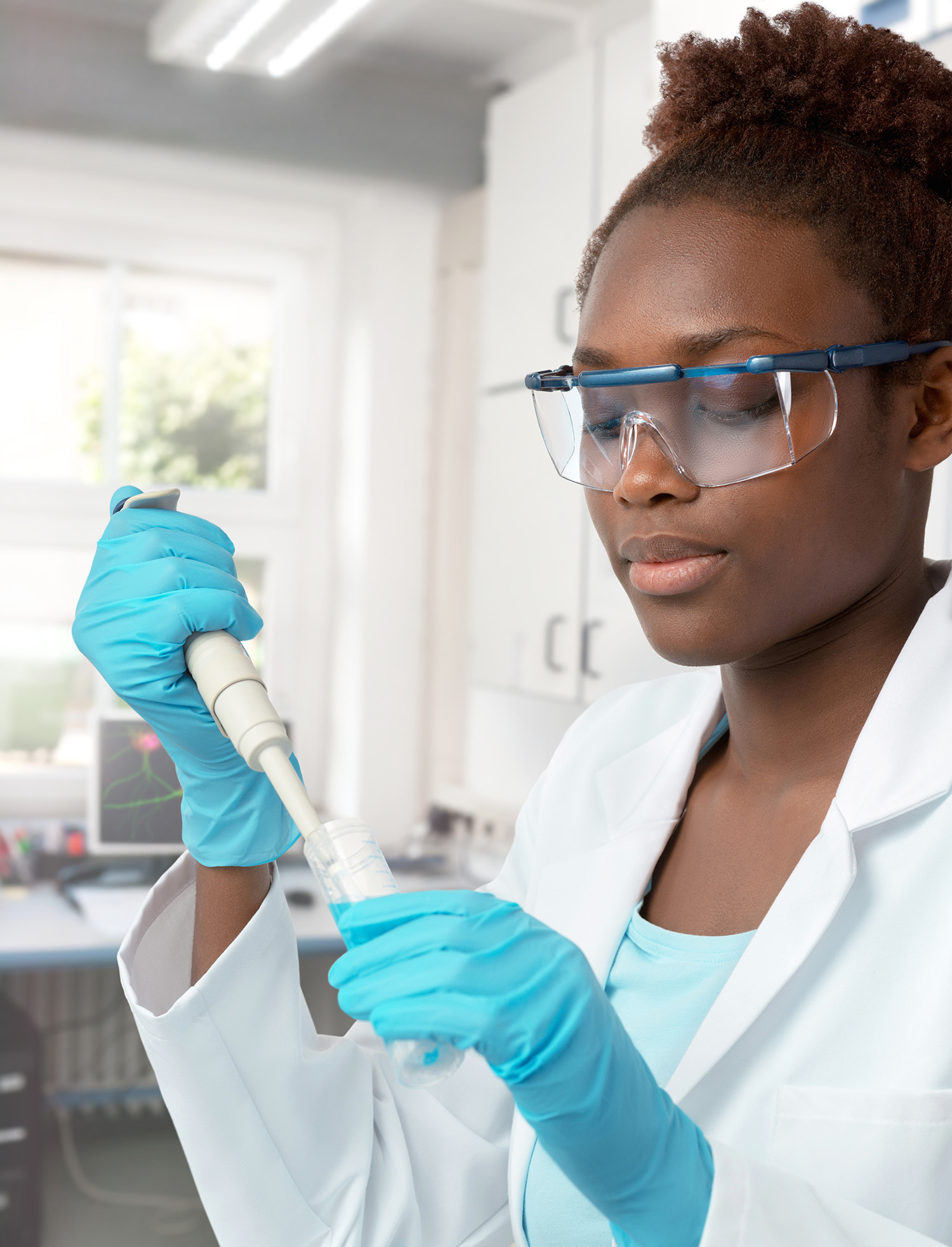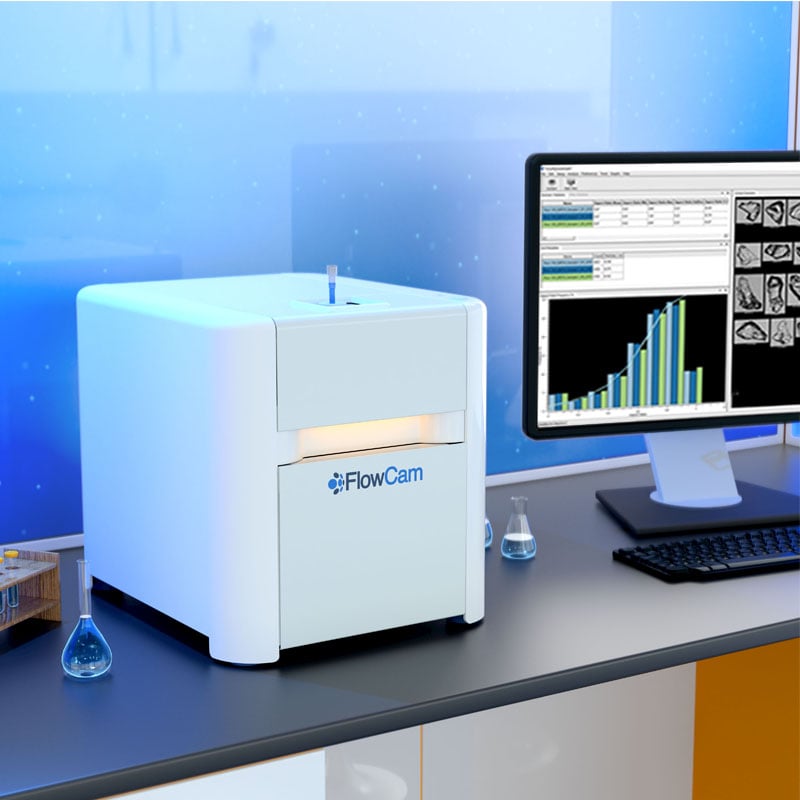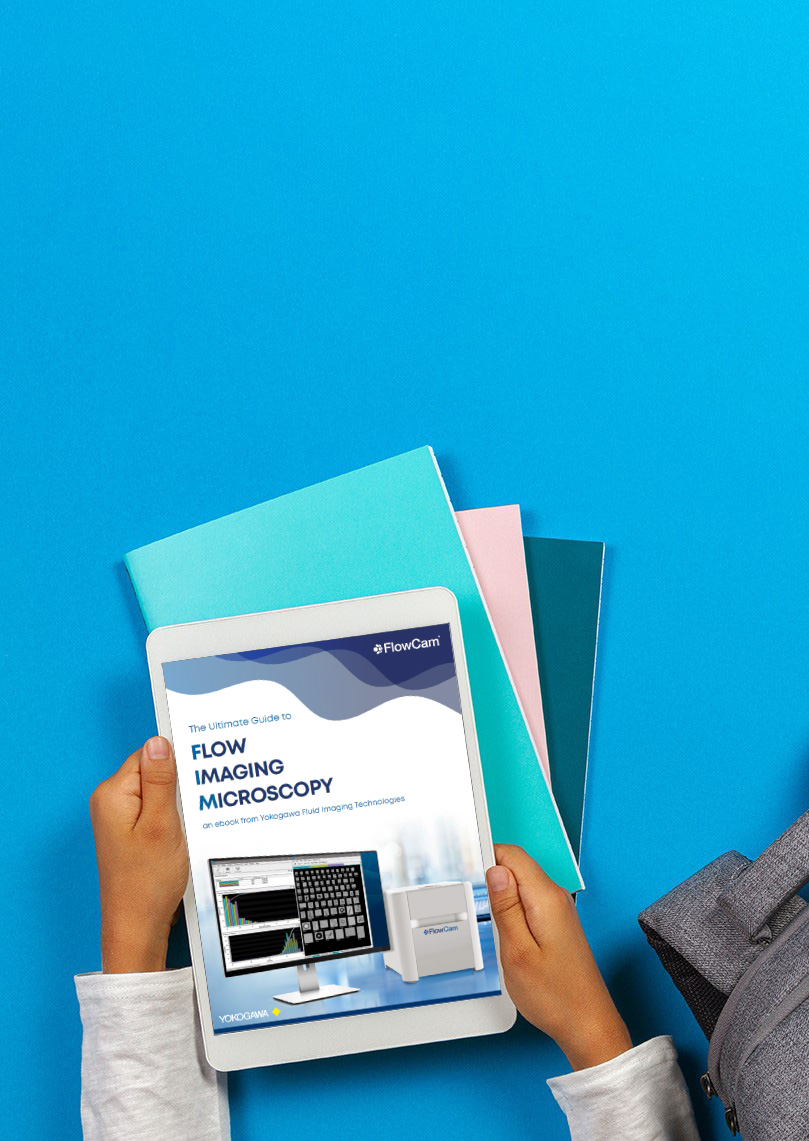
When it comes to flow imaging microscopy, data quality begins with your particle images. That's why VisualSpreadsheet® software gives users the …
Read Post
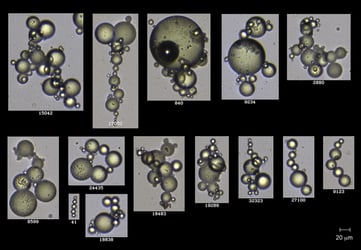
A research group at Iowa State University is studying the use of Magnetic Ionic Liquids (MILs) as a tool to isolate foodborne pathogens in liquid …
Read Post
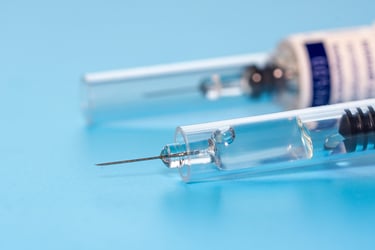
Injectable biopharmaceuticals, particularly prefilled syringes (PFS), come with risks related to the force of injection, such as patient pain and …
Read Post
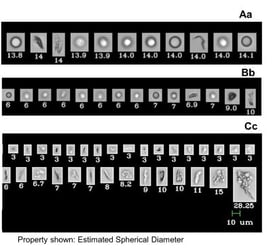
West Pharmaceutical Laboratories (Exton, PA) recently published a paper on a streamlined bioanalytical approach to determine the most appropriate …
Read Post
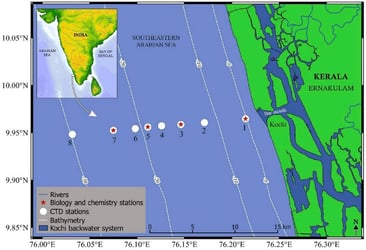
A research group with CSIR-National Institute of Oceanography in Kochi, India (https://www.nio.org/), has used the FlowCam® to provide new evidence …
Read Post
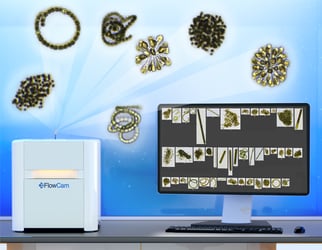
Based on proven FlowCam technology, the FlowCam Cyano automatically identifies cyanobacteria from other algae and particles in aquatic samples. Using …
Read Post
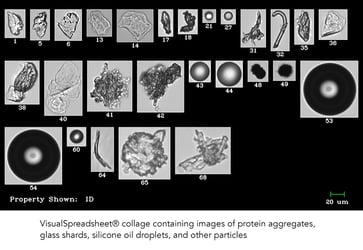
The problem of protein aggregation and the presence of extrinsic particles in biopharmaceutical formulations is not a small one. With the improvement …
Read Post
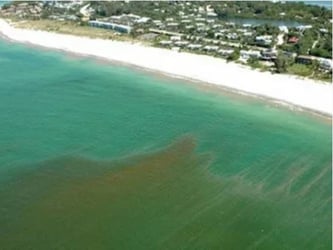
It's hard to imagine a more picturesque location from which to perform one's research than Sanibel Island, Florida. However, as can be seen in the …
Read Post
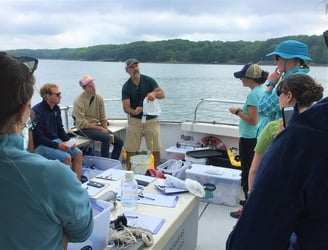
For six days every spring, Bigelow Laboratory for Ocean Sciences hosts 16 high school students (one from each Maine county) in East Boothbay, Maine, …
Read Post
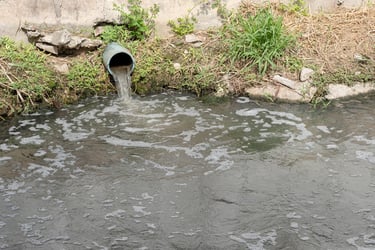
Contaminates in stormwater runoff that feed into our waterways are a leading cause of environmental pollution. Hydro International (a UK company with …
Read Post
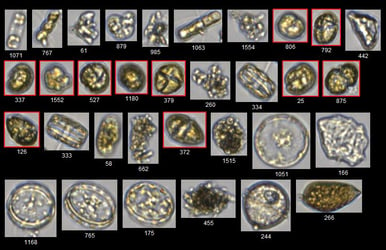
Yesterday Heather Anne Wright and I were invited to join the Friends of Casco Bay on a mission to track down and capture samples of the algae bloom …
Read Post
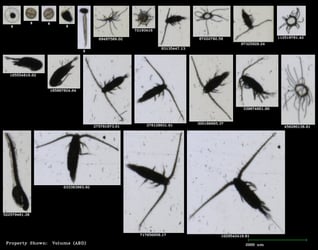
Earlier this month, Harry Nelson traveled to Kuwait to train employees of KISR (Kuwait Institute for Scientific Research) on their new FlowCam Macro, …
Read Post
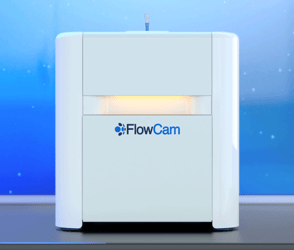
Have you ever wondered how FlowCam works, or how it compares to a traditional microscope?
Read Post


